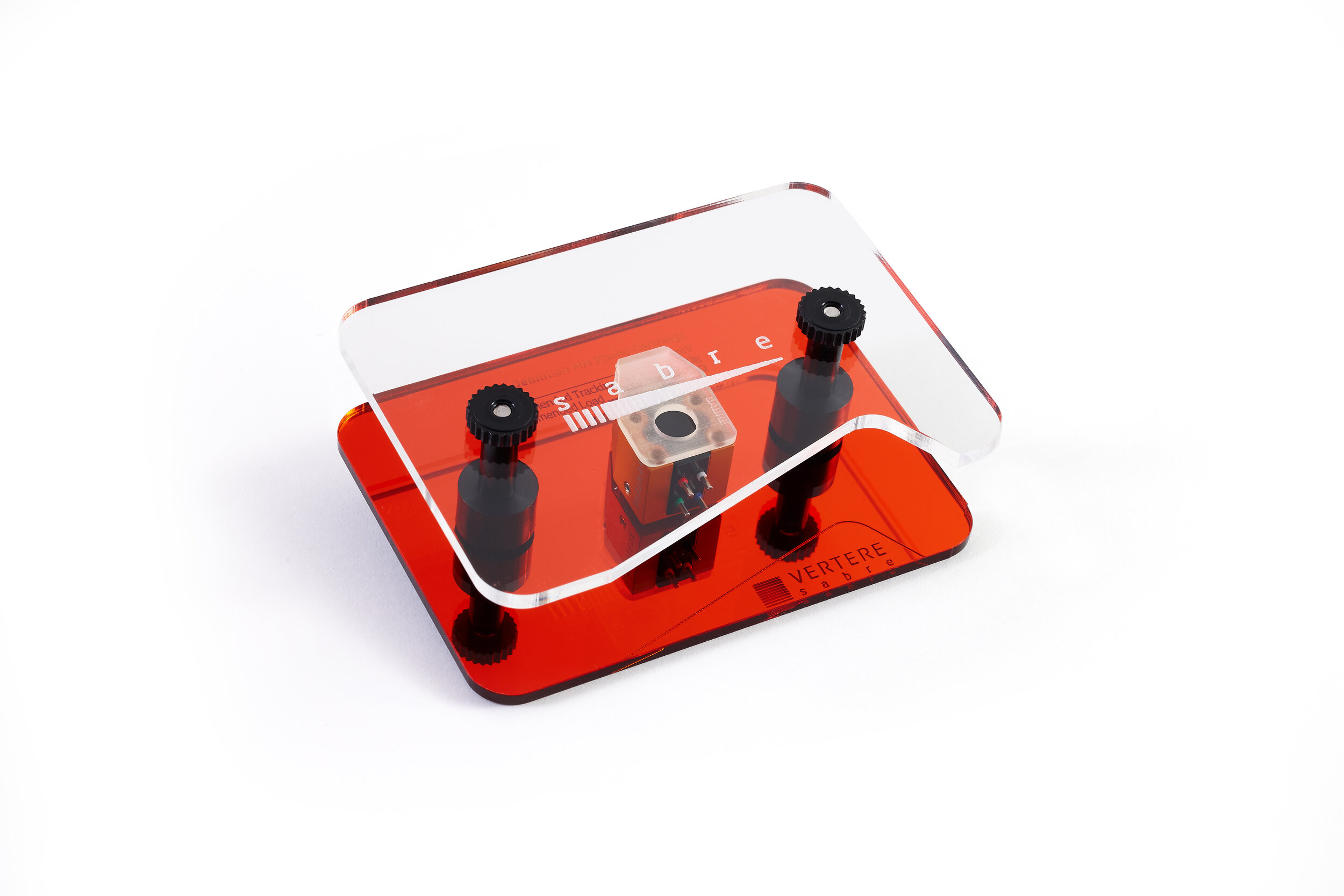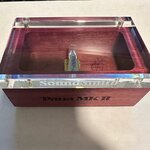You are using an out of date browser. It may not display this or other websites correctly.
You should upgrade or use an alternative browser.
You should upgrade or use an alternative browser.
Equipment Recommendations - The Home For New System and Upgrade Advice
- Thread starter Joe Mac
- Start date
folsom_lives
Well-Known Member
It’s giving Star Wars bounty hunter vibes.View attachment 183346
Tell me about it.
I like it even more now.It’s giving Star Wars bounty hunter vibes.
TrainFan73
Frothy
Look at the fun museum display the Sabre has:View attachment 183346
Tell me about it.

There was a real cool front shot of it in one of the reviews I read, but I’ll be damned if I can find it right now.
Looks like a guy that got his first condo and doesn't own any furniture.
TrainFan73
Frothy
Isn’t that the target demo for theses four figure plus carts?Looks like a guy that got his first condo and doesn't own any furniture.
Replace condo with mansion and probably yes.Isn’t that the target demo for theses four figure plus carts?
Yer Ol' Uncle D
Well-Known Member
View attachment 183346
Tell me about it.
That's a really unique design. I've never seen one where the record goes in the center and you can play both sides at the same time.
TrainFan73
Frothy
I said four figures, not five.Replace condo with mansion and probably yes.
Sebastian
It’s Wool…
I'm done...........really, no lie
Love everything about it out of the box and I can't wait until it opens up a bit, great detail and clarity, soundstage, tracks fantastic and has the warmth I wanted. A thanks to Rich for some helpful conversations.
Grado Sonata3 LO
View attachment 183316
What’s the difference between the Lo and High versions?
TrainFan73
Frothy
I believe it is a mc so it would be output level.What’s the difference between the Lo and High versions?
Unless you transition straight into looking at media storage furniture and room arrangements.I'm telling you, when you stop looking at gear, you breath a sigh of relief
I believe it is a mc so it would be output level.
Moving Iron same as all Grados. Both run off fhe MM bit of a phono.
But yeah output. Low is 1mV, high is 5mV.
Last edited:
kvetcha
Well-Known Member
sooo did you actually buy a Paua?
dansomeone
Well-Known Member
What’s the difference between the Lo and High versions?
I read this as meaning low output has a thicker, shorter wire inside. So less distance to travel means less chance of sound degradation?The Reference has higher output due to more windings in the coil. It’s around a mile of copper in the Reference vs 7 feet of thicker wire in the Statement.
I read this as meaning low output has a thicker, shorter wire inside. So less distance to travel means less chance of sound degradation?
From Grado:
It comes in both high- and low-output versions, 4mV and 1mV respectively, and also in a mono iteration. John Grado says “the high-output cartridges have 6000 turns of wire on the bobbins while the low outputs have 380 turns. The length of wire in the high outputs is 125 feet compared to 7 feet in the low outputs. Because we have fewer turns on the low outputs, we can use a much larger size wire, close to 16 times the diameter. So, the signal has a shorter distance to travel (7 feet from 125 feet), and the signal can flow more easily due to the larger wire. We feel this adds some speed to the signal and gives tighter detail at the extremities of the frequency range.”
folsom_lives
Well-Known Member
Cartridge making still seems like voodoo to me. How the hell do you coil anything 6000 times inside that small of a housing?From Grado:
It comes in both high- and low-output versions, 4mV and 1mV respectively, and also in a mono iteration. John Grado says “the high-output cartridges have 6000 turns of wire on the bobbins while the low outputs have 380 turns. The length of wire in the high outputs is 125 feet compared to 7 feet in the low outputs. Because we have fewer turns on the low outputs, we can use a much larger size wire, close to 16 times the diameter. So, the signal has a shorter distance to travel (7 feet from 125 feet), and the signal can flow more easily due to the larger wire. We feel this adds some speed to the signal and gives tighter detail at the extremities of the frequency range.”
TrainFan73
Frothy
Honestly the whole medium seems like voodoo to me.Cartridge making still seems like voodoo to me. How the hell do you coil anything 6000 times inside that small of a housing?

